1. Introduction
Hello! Nice to meet you. I am Keisuke Ito, a new staff member at Ogata Rice Store. I will be sharing my experiences in a blog, including reports on tasting different delicious rice varieties and cooking methods. So, let me introduce myself briefly.
I am 43 years old and originally from Aichi Prefecture. Five years ago, after experiencing a cerebral hemorrhage, I made a decision to lead a healthier lifestyle. That’s when I discovered brown rice. Initially, I started eating it because I thought it would be healthier than white rice. However, as I learned more about vitamins and minerals, I realized the amazing potential of brown rice. Now, I am an enthusiastic advocate for brown rice! Through my blog, I will convey the possibilities of rice and the joy of comparing different rice varieties, with brown rice as the focus.
Now, in this article titled “Boosting Immunity with the Power of Brown Rice! Introducing a Safe Method to Switch from White Rice,” I will discuss the differences between brown rice and white rice, highlight the benefits and advantages of brown rice, share the effects of brown rice on immunity based on my own experience, and provide detailed explanations and precautions for switching from white rice to brown rice. Finally, I will introduce three recommended brands of brown rice from Yamagata Prefecture and provide information on how to purchase them.Let’s explore the fascination of brown rice. Let’s embark on a lively and healthy eating journey with brown rice!
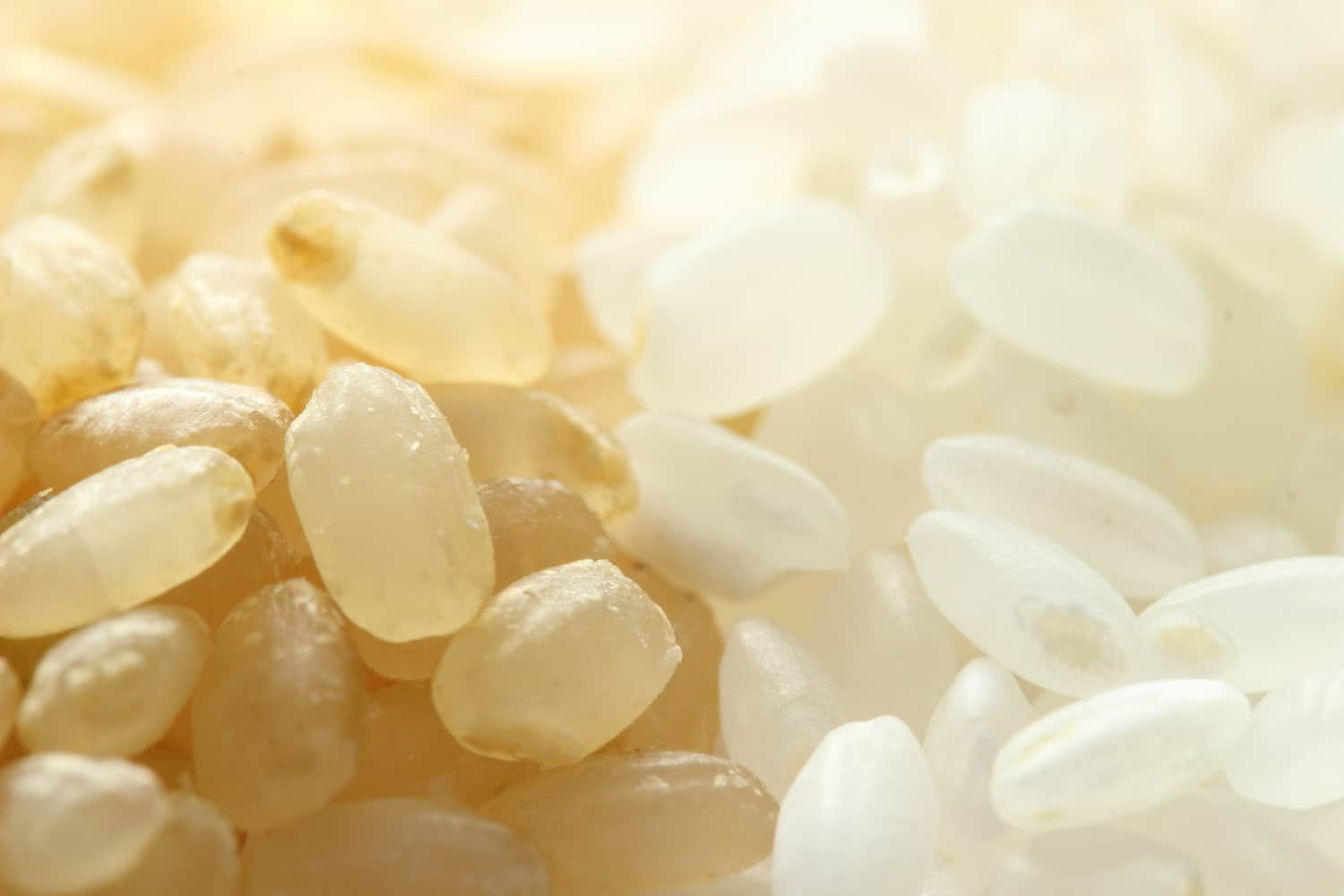
2. Differences between Brown Rice and White Rice
2.1 Difference in Degree of Polishing
First, let’s understand the differences between brown rice and white rice. Brown rice refers to rice that has been harvested and had its husk removed, but still retains its nutritious brown rice layer. White rice, on the other hand, is rice that has been polished after husk removal. As a result, white rice has fewer nutrients compared to brown rice.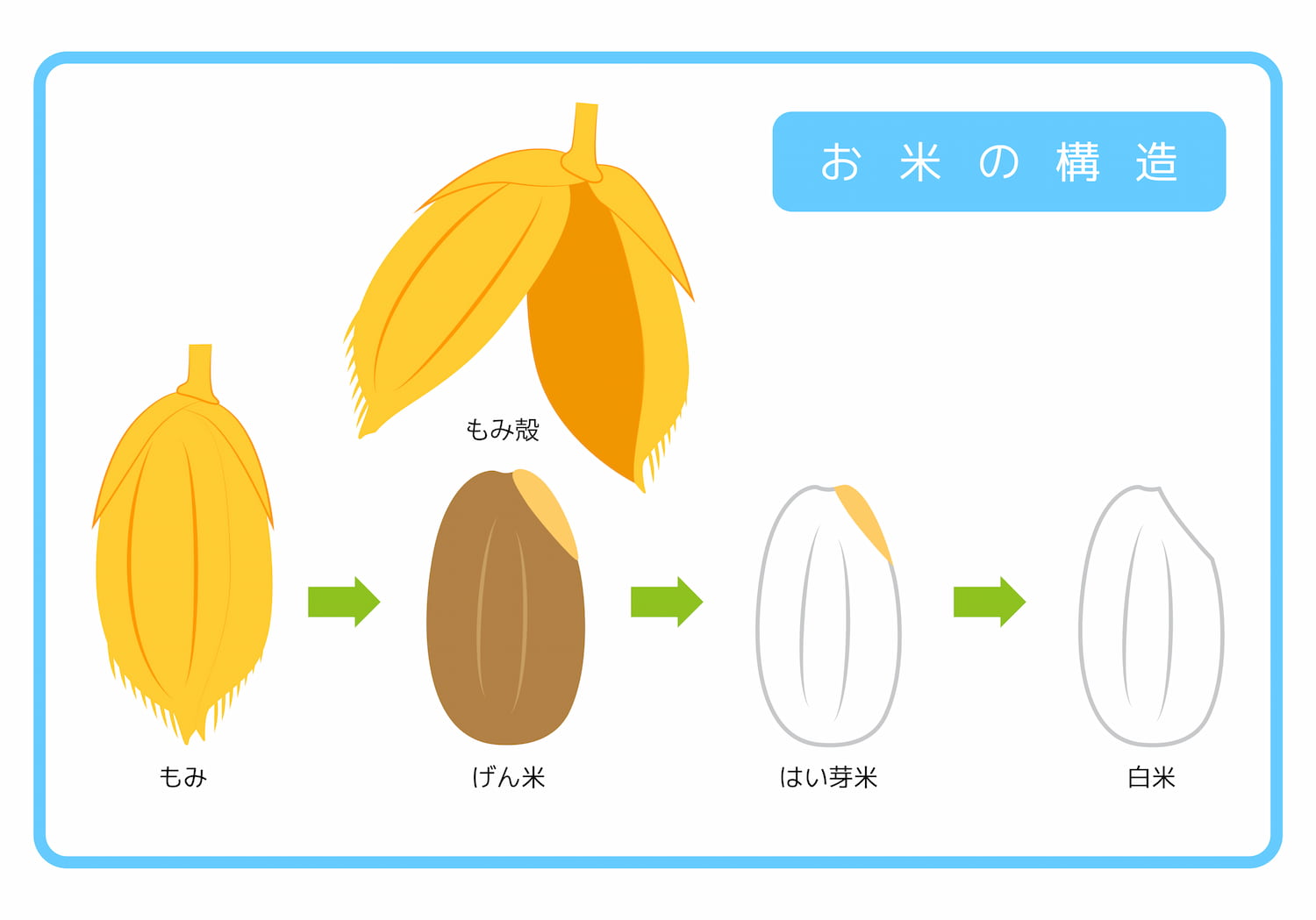
2.2 Difference in Nutritional Value
The bran layer and germ of brown rice contain abundant dietary fiber, B vitamins, minerals, and antioxidants, which can enhance the immune system. In contrast, white rice has been milled, removing the germ and bran layer, leading to a reduction in these nutrients. Especially the levels of dietary fiber, B vitamins, and minerals are lower in white rice. By choosing brown rice over white rice, you can take a greater amount of nutrients.
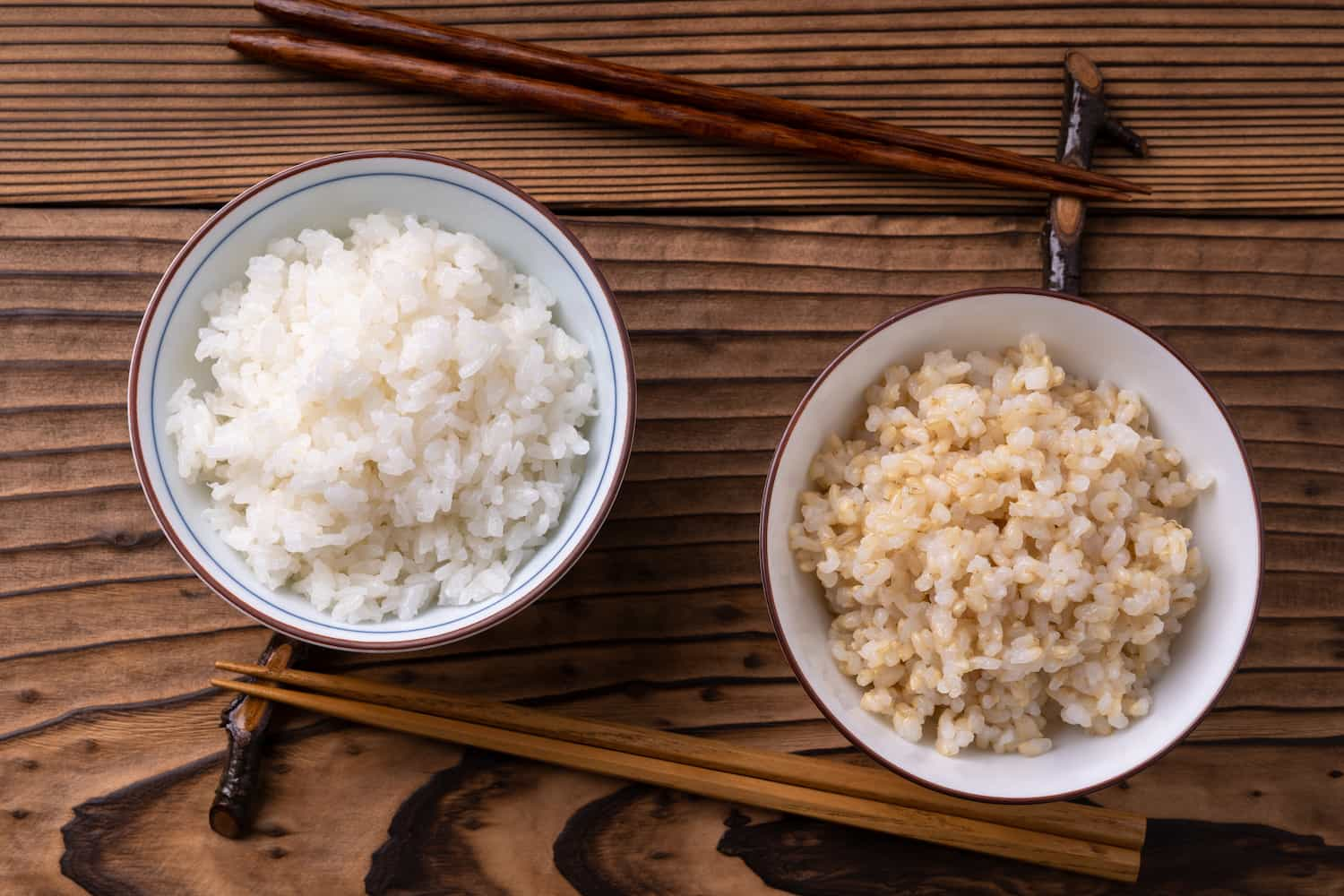
3.Advantages and Five Benefits of Brown Rice
There are various benefits to switching to brown rice!
Here, I will introduce the benefits of brown rice based on my own experiences.
3.1 Abundance of Vitamins and Minerals!
Brown rice contains a rich array of nutrients, such as B vitamins and minerals. These nutrients play a crucial role in energy metabolism and maintaining neural functions.
For example,
- Promoting energy metabolism
- Improving constitution
- Relieving stress
- Enhancing mental stability and mood
- Maintaining brain health and preventing forgetfulness
By consuming a balanced supply of vitamins and minerals through brown rice, you can energize both your mind and body. Additionally, sprouting brown rice can further increase its nutritional value, providing unique benefits compared to white rice. (I will cover sprouted brown rice in a separate article.)
3.2 Improved Skin Radiance!
Brown rice is rich in B vitamins and minerals. Particularly, vitamin B6 boosts immunity and enhances the luster of the skin and hair.
Magnesium revitalizes cells, potassium reduces swelling, and trace minerals like zinc, copper, and manganese with antioxidant properties can be obtained, leading to pleasing cosmetic effects.

3.3 Abundance of Dietary Fiber! Support for Relieving Constipation and Weight Management
Brown rice contains ample dietary fiber. Dietary fiber helps regulate intestinal health and provides excellent relief from constipation.
I now have regular bowel movements at a fixed time every day. Additionally, dietary fiber has the effect of moderating the rise in blood sugar levels.
By chewing slowly and thoroughly, it promotes a feeling of fullness and stabilizes blood sugar levels with a low Glycemic index.
3.4 Stabilization of Blood Sugar Levels
Brown rice is digested and absorbed more slowly compared to white rice, which helps prevent a rapid increase in blood sugar levels. This can reduce the risk of excessive insulin secretion and diabetes.
As I became accustomed to brown rice, I no longer experienced post-meal drowsiness as I did with white rice, and realized that I could keep my concentration for a longer period. In the process of switching from white rice to brown rice, your stomach might work harder on digestion, which could lead you to drowsiness.
3.5 Improved Constitution – Elimination of Body Odor
About three months after starting brown rice, I noticed that my flatulence and body odor (sweat and feet) were no longer unpleasant.
I personally believe this is because the minerals contained in brown rice are spreading throughout the body, resulting in detoxification effects.

4. Methods to Successfully Switch from White Rice to Brown Rice
4.1 How to Choose Brown Rice
When selecting brown rice, it is crucial to pay attention to factors such as quality, place of origin, cultivation methods including pesticide usage, and the manufacturing date to ensure freshness.
1st: Choose Quality Brown Rice
When I mention “quality,” you may wonder if there is any cause for concern. Let me explain.
It is essential to choose brown rice that is pesticide-free or organically grown. Unlike white rice, residual pesticides tend to accumulate in the germ and bran layer of brown rice.
In the case of conventionally grown brown rice using sufficient amounts of pesticides and chemical fertilizers, there is a possibility of residual pesticides in the germ and other parts of the brown rice.
Therefore, I recommend pesticide-free or specially cultivated brown rice, which limits the use of pesticides and chemical fertilizers when consuming brown rice.
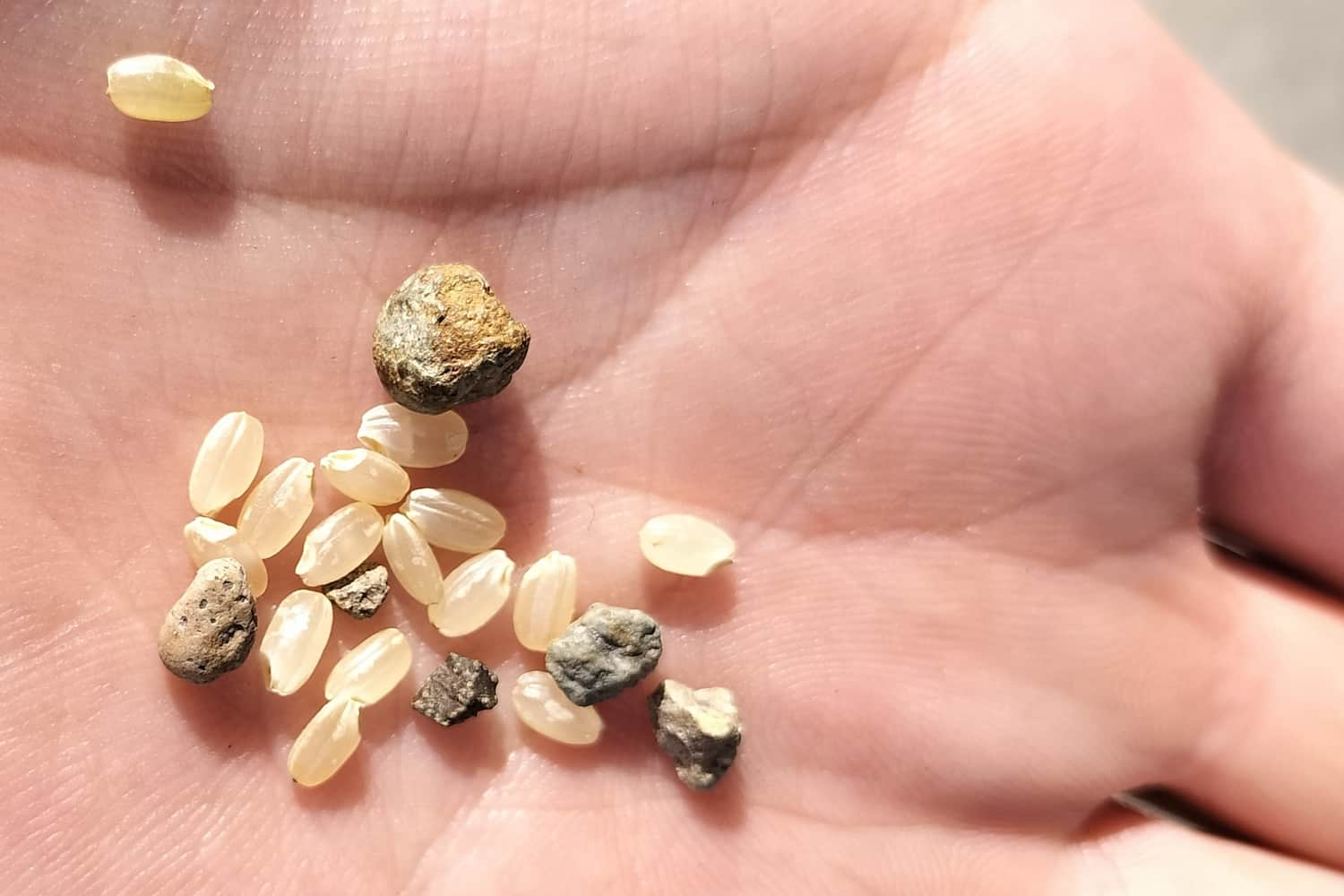
2nd: Choose Brown Rice Sorted with a Color Sorter Machine
Brown rice can sometimes contain rice straw, pebbles, or discolored grains, similar to the state just after harvesting in the paddy field.
At Ogata Rice Store, both white and brown rice are sold after passing through a machine called a COLOR SORTER, which removes impurities such as stones, rice straw, and discolored grains.
I highly recommend confirming with the store staff whether the brown rice has been sorted with a color sorter machine before making a purchase.
4.2 Points to Note When Switching to Brown Rice
While we have introduced the diet and health benefits of brown rice, it is important to avoid rushing the transition.
When consuming brown rice,The tip is to start with a small portion and chew each mouthful approximately 30 times.
If you suddenly switch to 100% brown rice, you may initially feel a burden on your stomach and experience indigestion. It would be better to transit slowly to brown rice.
You may even experience stomachache. (I had a friend who suddenly turned pale at work and had to leave early due to severe abdominal pain and diarrhea. (^_^A) Therefore, in the beginning, chew double the amount of white rice or aim for 20 to 30 chews per mouthful while eating brown rice.
Moreover, if you have allergies or any food-related conditions, it is recommended to seek advice from a doctor or specialist before trying brown rice.
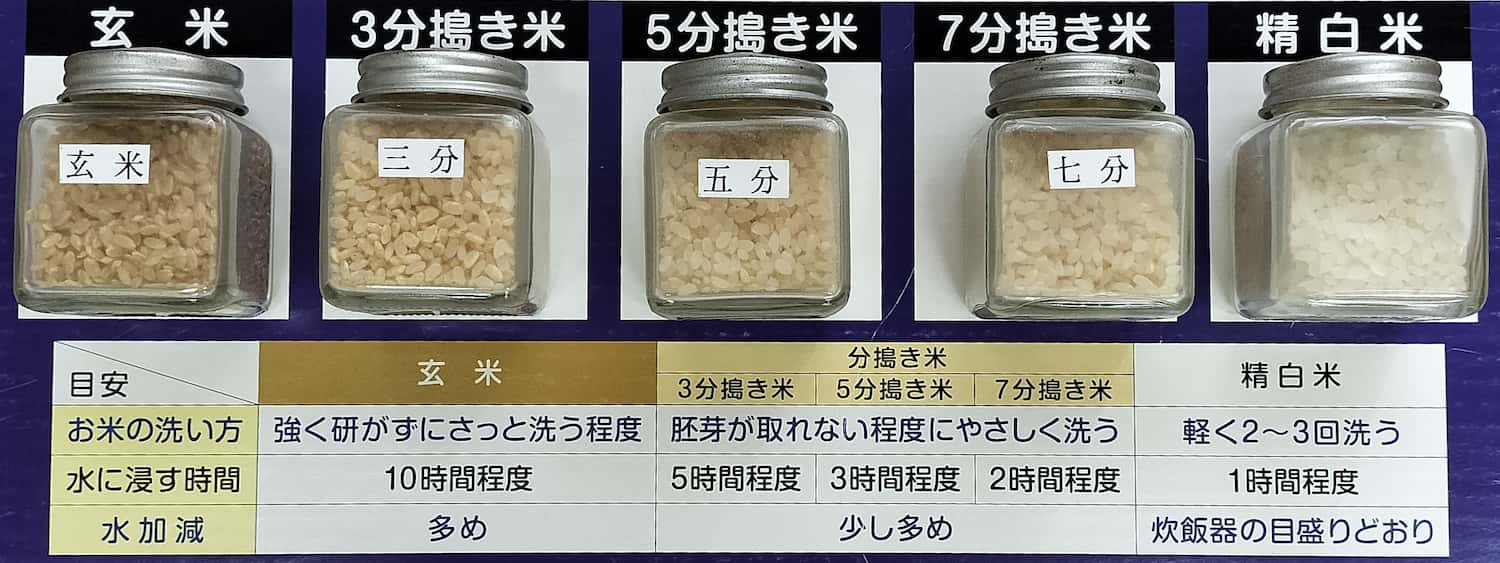
4.3 Methods to Switch from White Rice to Brown Rice
Now, let me introduce specific methods to switch from white rice to brown rice.
First Method: Starting with “BUZUKI-MAI” (Partially Polished Rice)
“BUZUKI-MAI” refers to rice that has been partially polished, gradually removing the bran and germ from brown rice.
There are three levels: 7-buzuki, 5-buzuki, and 3-buzuki. Each level corresponds to the percentage of bran and germ removed:
- 7-buzuki: Removes about 70% of the bran and germ, similar to white rice. ☆Recommended for beginners
- 5-buzuki: Removes about 50% of the bran and germ, intermediate level
- 3-buzuki: Removes about 30% of the bran and germ, closer to brown rice
Remember that the higher the number is, the closer the texture is to white rice. Keep it in mind, and you will make the right choice at the store.
Benefits of BUZUKI-MAI
The benefit of buzuki-mai is that you can gradually shift from white rice to brown rice, reducing the burden on your family. Especially for beginners, I recommend starting with 7-buzuki.
Since 7-buzuki is almost like white rice, even young children and the elderly can enjoy it without worries. If you want to challenge brown rice as a family, starting with 7-buzuki rice will smoothly introduce it.
Once you become accustomed, you can gradually step up to 5-buzuki and 3-buzuki rice. As your body gradually adjusts, you will feel less resistance to brown rice. Take your time and make progress at your own pace towards a healthy diet!

5. Top 3 Recommended Brown Rice from Yamagata Prefecture
You can purchase brown rice from supermarkets, farm stands, online shops, and more. However, Ogata Rice Store has picked “Three Recommended Varieties for Starting Brown Rice” with confidence. Please consider them as a reference.
- MILKY QUEEN: Known for its mochi-like texture and distinct sweetness, which doesn’t feel like typical brown rice.
- SAWA NO HANA: Large germ and sweet taste, a rare variety that remains delicious even when chilled. Suitable for brown rice.
- HAENUKI: A versatile type with a sweet taste and firm texture, suitable for everyday use.
At Ogata Rice Store, we only handle carefully selected branded rice from Yamagata Prefecture and ensure quality control in collaboration with farmers.
We prioritize hygiene and safety, allowing everyone from babies to the elderly to enjoy our rice with peace of mind. If you have any questions or concerns, please feel free to contact us!
>>> Ogata Rice Store’s Recommended Brown Rice Tasting Set is available here
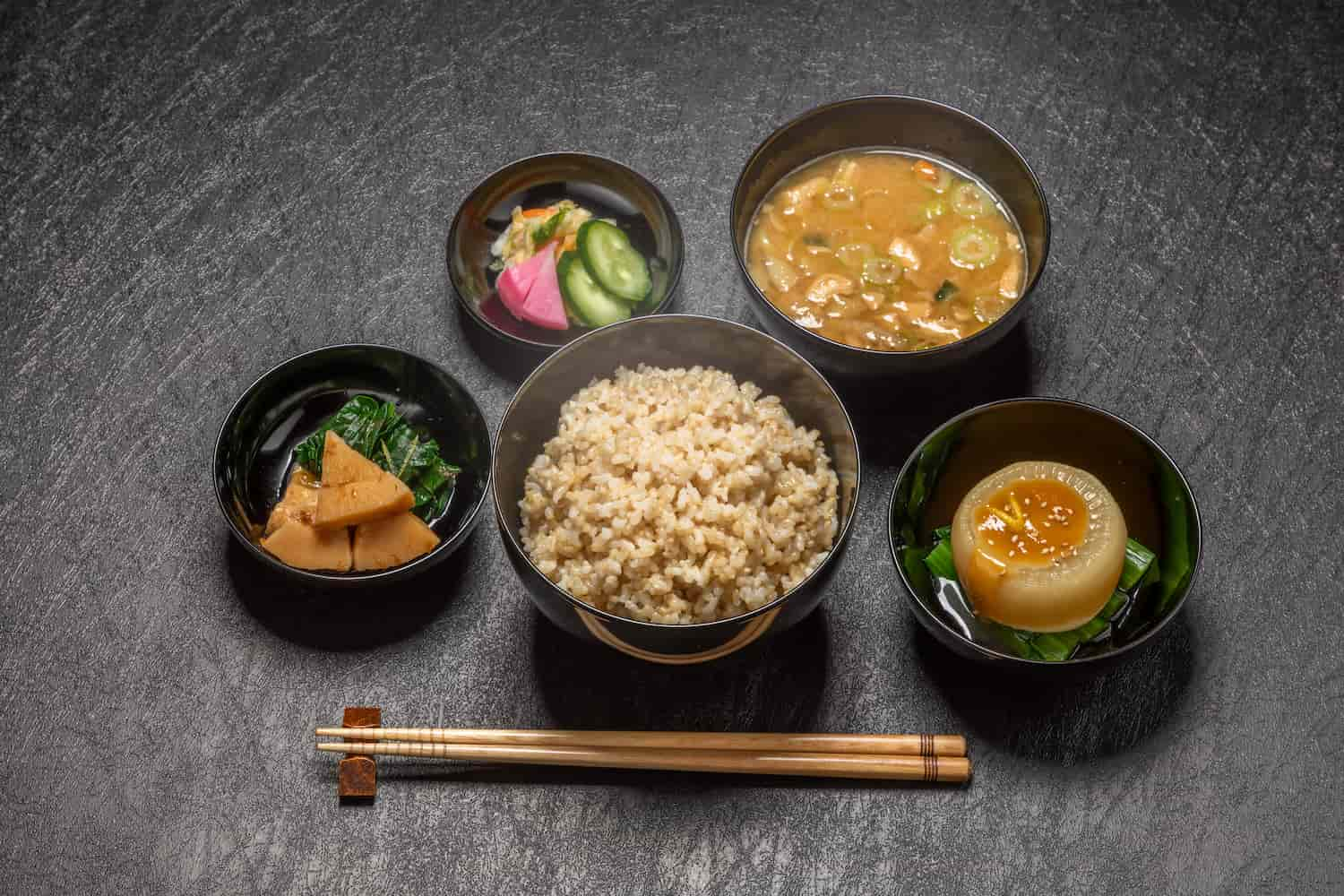
6. Conclusion
In this article, titled “Boosting Immunity with the Power of Brown Rice! Introducing a Safe Method to Switch from White Rice,” I have provided information on the differences between brown rice and white rice, highlighting the benefits of brown rice in terms of dietary fiber, nutrient richness, blood sugar regulation, and immune system enhancement.
However, I also mentioned some considerations when switching to brown rice. To summarize the key points:
- Aim to chew each mouthful approximately 30 times.
- Avoid a sudden transition to brown rice.
- Try buzuki-mai to gradually make the switch.
Furthermore, I introduced the characteristics of three recommended varieties of brown rice from Yamagata Prefecture: “MILKY QUEEN,” “SAWA NO HANA,” and “HAENUKI“!
I encourage you to try different varieties of brown rice that suit you and your family’s preferences. You will surely discover the charm of brown rice!
Let’s take the first step towards a healthier lifestyle by boosting our immunity with the power of brown rice!
>>> Ogata Rice Store’s Recommended Brown Rice Tasting Set is available here
Frequently Asked Questions (FAQs)
Q: Is it okay to cook a mixture of white rice and brown rice?
A: It is possible to cook a mixture of white rice and brown rice, but it requires some attention to avoid the brown rice from becoming too firm. The key is to adjust the cooking process according to the soaking time of the brown rice.
White rice absorbs about 90% of the water in approximately 30 minutes, so you don’t need to worry too much about the soaking time. However, brown rice needs to be soaked for at least 2 hours to fully absorb water. Therefore, if you want to cook a mixture of white rice and brown rice, it is recommended to soak the brown rice for a minimum of 2 hours and ensure it is well soaked before cooking. By experimenting with soaking time and water amount, you can find the right cooking method.
Alternatively, you can also sprout the brown rice and use sprouted brown rice mixed with white rice. We will provide detailed information on how to sprout brown rice and its benefits in a separate article.
Q: How should I store brown rice?
A: It is said that brown rice can be stored best at temperatures of around 13 to 15 degrees Celsius and humidity of approximately 70%. At our store, we store brown rice in a low-temperature warehouse with the aforementioned temperature setting.
Since it might be difficult to create such an environment with the specified temperature at home, please store brown rice in a cool, well-ventilated place away from direct sunlight. To maintain its flavor and quality, it is recommended to divide the brown rice into airtight containers, such as ziplock bags, and store them in the vegetable compartment of the refrigerator.
As for storing cooked brown rice, we recommend fermenting it (Nekase-Genmai) or freezing it. We will provide detailed instructions in a separate article.
Q: What are the tips for cooking brown rice?
A: Here are some tips for cooking brown rice:
- Prepare a sieve and vigorously wash the brown rice by rubbing it against the sieve (to create fine scratches on the bran layer and enhance water absorption).
- Soak the brown rice in water for at least 2 hours, preferably 3 to 4 hours.
- When soaking, transfer the washed brown rice to a large pot and add a large amount of water, which helps with water absorption due to water pressure.
- When cooking, discard the soaking water used in step 3 and use fresh water with the appropriate amount for cooking.
The purpose of the above steps is to ensure that the brown rice absorbs water properly. We will provide detailed instructions on how to cook brown rice in a separate article.
Q: Are there any special cooking methods for brown rice?
A: Brown rice can be cooked in a rice cooker or pot just like regular white rice. However, if you cook brown rice with the same soaking time as white rice, it may become chewy and difficult to digest, resulting in the failure to fully absorb the nutritional benefits of brown rice.
It is recommended to soak brown rice for a longer time and cook it with the appropriate amount of water, especially when using a rice cooker. Also, using a pressure cooker to cook brown rice can result in a fluffy and fragrant texture, so it is worth trying for those who own a pressure cooker.
Q: How can I incorporate brown rice into recipes?
A: Brown rice can be used in various dishes such as rice porridge, salads, onigiri (rice balls), and bread. Popular recipes using brown rice flour or brown rice koji for bread and sweets are also available. Try brown rice recipes that suit your preferences and dietary style while taking advantage of the abundant nutrients in brown rice.
Q: Is there any risk of allergies with brown rice?
A: Brown rice itself has very little risk of common food allergies. However, there is a possibility of experiencing allergic reactions depending on the combination with other ingredients or processing methods. It is important to be cautious of allergens in dishes or processed foods that include brown rice. If you have allergies, be sure to carefully check the food labels and consume them appropriately.
Summary
Brown rice is a nutritious ingredient that can boost immunity. In this article, we have introduced the differences between brown rice and white rice, the advantages and benefits of brown rice, methods to switch from white rice to brown rice, and recommended brown rice varieties. By incorporating brown rice into your diet, you can lead a healthier lifestyle and enhance your immunity. Pay attention to the selection, cooking, and consumption of brown rice while aiming for a balanced diet. Thank you for reading! This was Keisuke Ito. I will continue to share information about brown rice and rice tasting comparisons! See you in the next article! “**”!
>>> Ogata Rice Store’s Recommended Brown Rice Tasting Set is available here
Written by Keisuke Itou
Translated by Yumiko Nagahashi

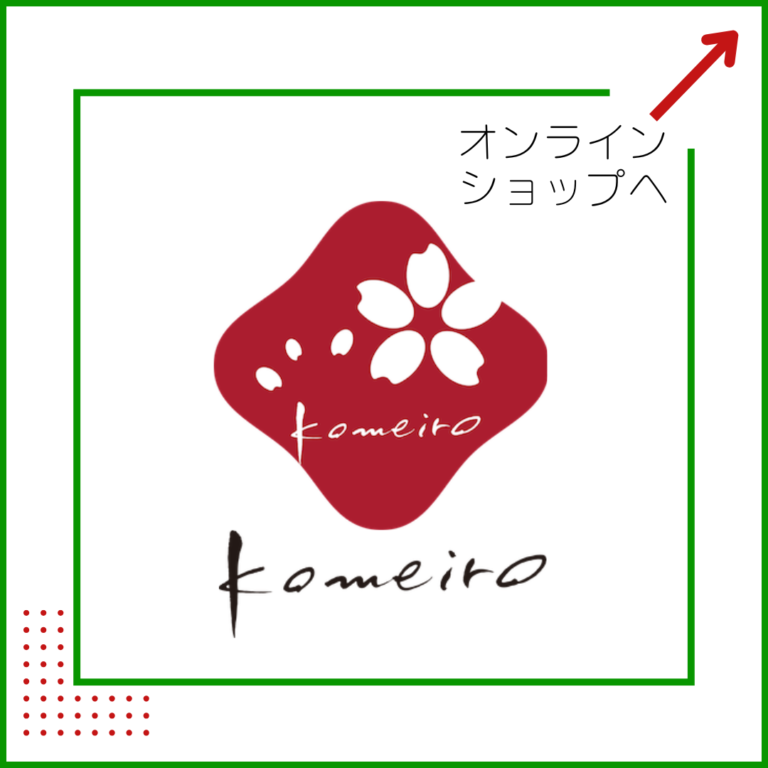
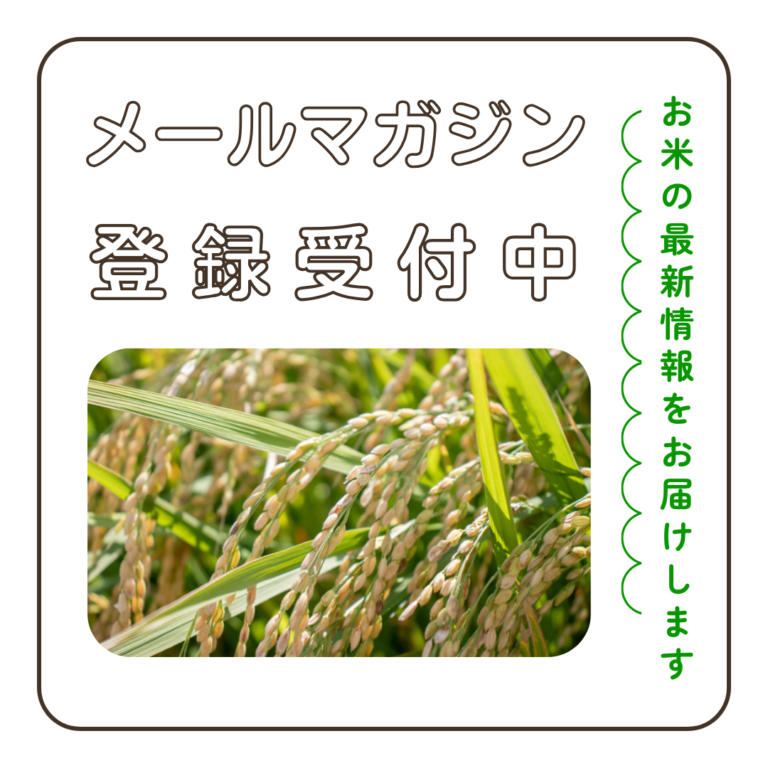



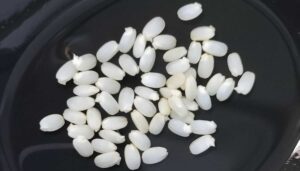
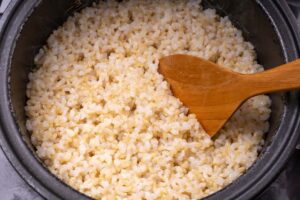
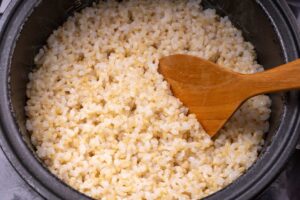
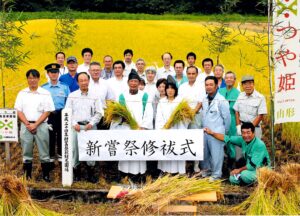


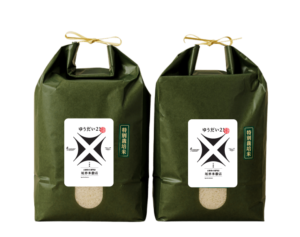





![. [お米の購入制限に関してのお知らせ] 平素より尾形米穀店をご愛顧いただき、誠にありがとうございます。 この度、4月よりお一人様(一家族様)10kgまでとさせて頂いていた購入制限を、今後もお客様に安…](https://scontent-itm1-1.cdninstagram.com/v/t51.75761-15/497313820_17947608704973229_4459411879447963358_n.jpg?stp=dst-jpg_e35_tt6&_nc_cat=110&ccb=1-7&_nc_sid=18de74&_nc_ohc=il2G8yWZbVwQ7kNvwFLAObp&_nc_oc=AdnqjudieIO_vxl6ZFQJunNU9Eiqo86LPqceWWI1oCd0MfwtffRKhWQdj9pzyaLp5dA&_nc_zt=23&_nc_ht=scontent-itm1-1.cdninstagram.com&edm=ANo9K5cEAAAA&_nc_gid=WNg1105XeghtPDMaytAZPQ&oh=00_AfRROC2B5kWyS9A3LujVE1De0cffPX_zYcAIYWqMp8E2bQ&oe=68758D56)
